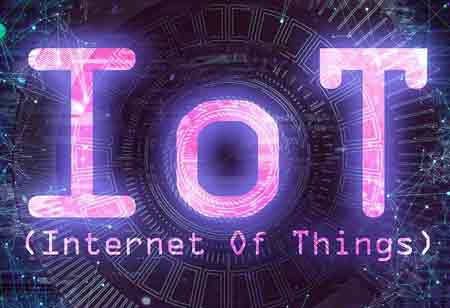THANK YOU FOR SUBSCRIBING
How can IoT be Reinvented to Build Smart Cities?
IoT can help build a smart city through various avenues of technological innovations

By
Apac CIOOutlook | Tuesday, March 10, 2020
Stay ahead of the industry with exclusive feature stories on the top companies, expert insights and the latest news delivered straight to your inbox. Subscribe today.
IoT can help build a smart city through various avenues of technological innovations. Some critical areas that have been on the priority list and the innovations in the fields are noted below
FREMONT, CA: As the urban population rises all around the world, cities are struggling to accommodate them. Technology has been a silent force in the background that helped transform the world and is being used to manage rapid urbanization and create smarter cities to effectually address the needs of the ever growing world population.
Today, the Internet of Things (IoT) has become one of the inevitable factors in the creation of efficient, sustainable, and resilient cities. The spending on smart city development is set to reach $158 Billion by 2022, the key areas where the funds are expected to be utilized, and the emerging innovations it entails are:
Measuring the Impact:
Smart city technologies have the potential to improve the health and well-being of the citizens while simultaneously providing newer avenues for economic development.
Safety:
For enhancing public safety, cities are adopting real-time crime mapping, gunshot detection, and predictive policing tools to assist the identification of potential hotspots and prevent crimes from happening.
According to McKinsey, leveraging technologies to tackle the public safety problem could reduce the crime rates and fatalities by 8-10 percent, potentially saving more than 300 lives each year in cities with population and crime rate as Rio de Janeiro.
Transport:
As the number of connected vehicles in the IoT ecosystem increase, the IoT logistics and transportation industry becomes bigger and expands, with spending estimated to cross more than $43 billion by the end of the year.
Innovations such as smart roads that support automated vehicles are beginning to gain more fiscal attention from investors. These roads will have the ability to communicate with automated vehicles to guarantee the safety of drivers, and better optimize traffic to decrease the traffic time by 30 minutes.
Health:
Technology is also providing solutions for diseases prevention strategies and in the treatment of chronic diseases. In China, drones that are equipped with facial recognition technology are utilized to track the victims of the Coronavirus to make sure they do not break the quarantine and risk spreading the virus.
The most effective use of technology is the data-based health interventions for a mother and child's health. This application of analytics is mainly used to identify new mothers and to direct prenatal and postnatal educational campaigns for educating and treating them.
By intervening with technological innovations, prevention of diseases can be visibly noticed, especially in cities with a high disease burden and low-affordability to care, such as Lagos in Nigeria. These new technologies are reducing the cities' burden of chronic diseases. A parameter set across by the WHO's central metric-disability adjusted life years (DALY), is valued as a year of healthy life lost due to contracting a disease. For instance, using the data-based interventions for maternal care can reduce the DALYs by more than an average of 5 percent.
5. Environment:
As the majority of greenhouse gas emissions originate from the cities, the value of the emissions can be reduced by 15 percent with smart city solutions like reducing electricity and heat production.
Smart cities also have a pivotal role to play in the reduction of smart consumption. Applications like intelligent irrigation systems, water leakages, and quality and use can be monitored to save a city by decreasing usage by 25-80 liters of water per person per day.
See also: Top Smart City Technology Companies





